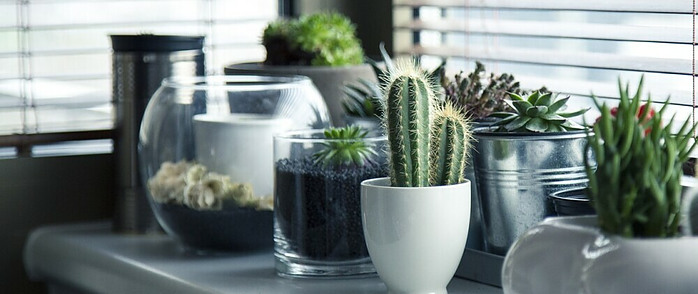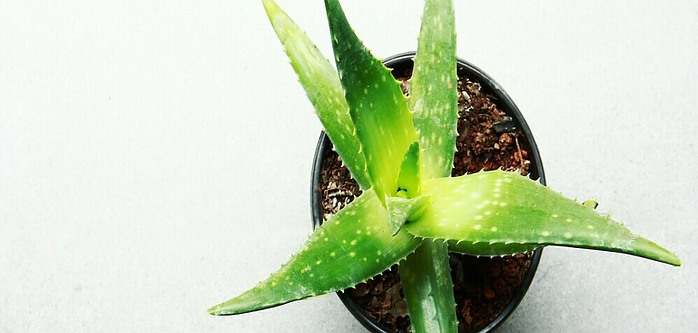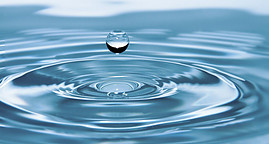Harnessing Nature’s Breath: Indoor Plants For Air Purification
In the fast-paced, modern world, where the majority of our time is spent indoors, the quality of indoor air has become a growing concern. The air inside our homes and offices can often be filled with pollutants, ranging from common household chemicals to airborne particles, all of which can have adverse effects on our health. One effective and natural way to improve indoor air quality is by incorporating indoor plants that excel at air purification. These green companions not only add a touch of nature to our living spaces but also play a crucial role in filtering out harmful pollutants, creating a healthier and more pleasant environment.

Understanding Indoor Air Pollution
Before delving into the world of air-purifying indoor plants, it’s essential to understand the sources of indoor air pollution. Common pollutants include volatile organic compounds (VOCs) released by household products, such as paints, cleaning supplies, and furniture. Additionally, particulate matter, mold spores, and allergens contribute to indoor air pollution. Over time, exposure to these pollutants can lead to respiratory issues, allergies, and other health problems.
The NASA Clean Air Study
The quest for cleaner indoor air gained momentum with the NASA Clean Air Study, conducted in the late 1980s. The study aimed to explore ways of purifying the air in space stations, but its findings are highly applicable to our earthly abodes. The researchers discovered that certain indoor plants have a remarkable ability to remove pollutants from the air, making them a natural and cost-effective solution to indoor air quality concerns.
Top Air-Purifying Indoor Plants
1. Spider Plant (Chlorophytum comosum):
The spider plant is a popular choice for indoor spaces, thanks to its adaptability and low maintenance. It effectively filters out formaldehyde and xylene, commonly found in household products and synthetic materials. With its arching leaves and ability to thrive in indirect light, the spider plant makes a charming addition to any room.
2. Peace Lily (Spathiphyllum spp.):
The peace lily is not just aesthetically pleasing but also excels at purifying the air. It is particularly effective in removing airborne mold spores, making it an excellent choice for bathrooms or areas prone to dampness. The peace lily thrives in low light conditions and requires minimal care, making it a favorite among indoor gardeners.
3. Snake Plant (Sansevieria trifasciata):
Also known as the mother-in-law’s tongue, the snake plant is a hardy and versatile option for air purification. It is especially adept at filtering out formaldehyde, benzene, and trichloroethylene. The snake plant has a unique ability to convert carbon dioxide into oxygen at night, making it an ideal choice for bedrooms. Its upright, sword-like leaves add a touch of elegance to any space.
4. Boston Fern (Nephrolepis exaltata):
If humidity is a concern in your indoor environment, the Boston fern is an excellent choice. This lush and feathery plant is a natural humidifier, effectively adding moisture to the air while filtering out pollutants like formaldehyde and xylene. The Boston fern thrives in indirect light and requires consistent moisture to maintain its vibrant appearance.

5. Aloe Vera (Aloe barbadensis miller):
Beyond its well-known medicinal properties, aloe vera also contributes to indoor air quality. It helps remove benzene and formaldehyde, which are often present in cleaning products and paints. Aloe vera is easy to care for, requiring minimal water and indirect sunlight. Its succulent leaves also provide a soothing, green accent to your living space.
6. Devil’s Ivy (Epipremnum aureum):
Devil’s Ivy, also known as pothos or golden pothos, is a versatile and resilient plant with air-purifying capabilities. It is effective in removing indoor pollutants such as benzene, formaldehyde, and xylene. Devil’s Ivy is known for its trailing vines, making it an excellent choice for hanging baskets or as a cascading feature on shelves.
7. Rubber Plant (Ficus elastica):
The rubber plant is an excellent choice for removing airborne toxins like formaldehyde and benzene. Its large, glossy leaves make a bold statement in any room. This low-maintenance plant thrives in indirect light and can tolerate occasional neglect, making it suitable for those new to indoor gardening.
8. Chrysanthemum (*Chrysanthemum morifolium):
Known for its vibrant and colourful flowers, the chrysanthemum also boasts air-purifying properties. It is effective in removing pollutants such as ammonia, benzene, and formaldehyde. Keep in mind that chrysanthemums require bright, indirect light and regular watering to flourish.
Creating a Healthy Indoor Oasis Using Indoor Plants for Air Purification
To harness the full potential of air-purifying indoor plants, consider the following tips:
1. Select a Variety of Plants:
Different plants excel at removing specific pollutants. By incorporating a variety of plants into your indoor space, you can effectively target a broader range of indoor air pollutants.
2. Consider Your Space:
Take into account the lighting conditions and available space when choosing indoor plants. While some plants thrive in low light, others require bright, indirect sunlight. Arrange your plants strategically to optimize their air-purifying benefits.
3. Provide Adequate Care:
Proper care is essential for the well-being and effectiveness of air-purifying plants. Ensure they receive the right amount of water, sunlight, and nutrients. Regularly prune and clean the leaves to prevent the buildup of dust and pollutants.
4. Ventilate Your Space:
While indoor plants contribute significantly to air purification, proper ventilation is equally important. Ensure that your living space is well-ventilated to promote the circulation of fresh air and prevent the buildup of pollutants.
Conclusion
In a world where the majority of our time is spent indoors, creating a healthy and pleasant living environment is paramount. Air-purifying indoor plants offer a natural and aesthetically pleasing solution to combat indoor air pollution. By incorporating these green companions into our homes and offices, we not only enhance the visual appeal of our living spaces but also promote cleaner, fresher air. As we embrace the beauty of nature within our walls, we simultaneously invest in our well-being and create indoor oases that foster health and vitality.




